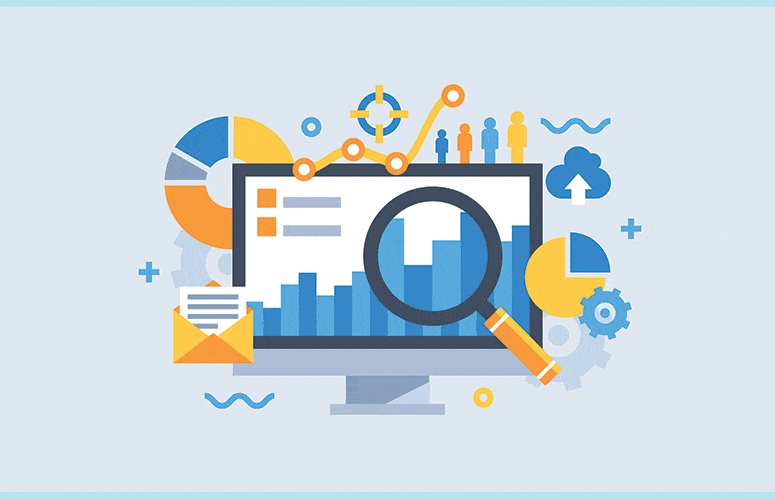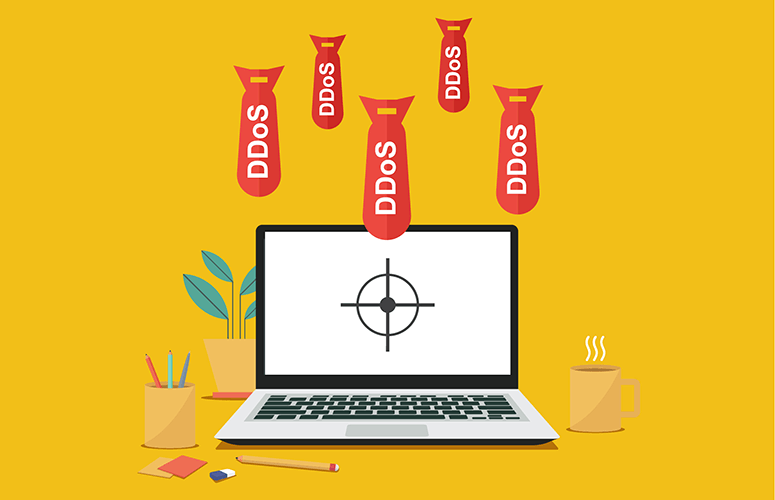
Growth Through Data Analytics
Don’t be intimidated by data. It is a valuable resource.
By Sarah Krom, CPA On Jul 12, 2021Small business owners are being inundated with information about the importance of data analytics or ‘big data’ to their business. These terms, taken out of context, can be very intimidating to an owner of a small-to-medium-sized business. However, simply put, data analytics means options. When utilized correctly, data analytics provides business owners with the knowledge and power to solve problems and make decisions. Whether you have big data or not – you have RELEVANT data, which is all you need to get started!
Experienced entrepreneurs often run their businesses from gut instinct, likely reviewing historical numbers and using this data as guidance. However, there is much more than the mere lagging indicator that historical data provides. Frankly, business owners are typically sitting on a gold mine of data that can be used to catapult their businesses.
When business owners first think about data, financial reporting comes to mind. It’s natural to think that data means “numbers” and, to a certain extent, it does. However, there are endless sources of data outside your financial statements: mailing addresses of clients, geographic location of website hits, service codes of hours, inventory listings, social media posts, and email campaigns, to name a few.
In order to see the power of data analytics at work, you need to first clearly identify the problems and inhibitors to growth. Then, you can analyze the most relevant data and likely reveal solutions to the problem. An example of this is determining the return on investment (ROI) on marketing efforts. By overlaying social media metrics, website analytics, and CRM results, business owners can determine what posts or campaigns yield the most closed business.
Another example is diving into the profitability of jobs by project manager (PM). This analysis provides patterns that can identify not only the most profitable PM, but also what types of jobs or customers generate the highest profit. While these scenarios may seem obvious, they indicate the true value that data analytics can provide.
The challenge in all of this is mining the data. It can take significant time and effort to get different databases connected and communicating. Start with small steps; utilizing a program like Excel can provide a great deal of insight. When you are ready to advance, partner with a consultant who can merge your data sources and provide reports that facilitate engaging discussions that lead to solutions.
Don’t be intimidated by data. Embrace all that is available to you through the data you already have and leverage it to improve and grow your business. Once entrepreneurs experience the benefits of using data analytics to solve problems, create efficiencies, and improve profitability, they will begin to look at their data as a resource.
About the Author
Sarah Krom, CPA is managing partner and leads the data analytics team at SKC & Co. CPAs. She can be reached at [email protected].
Related Articles:





